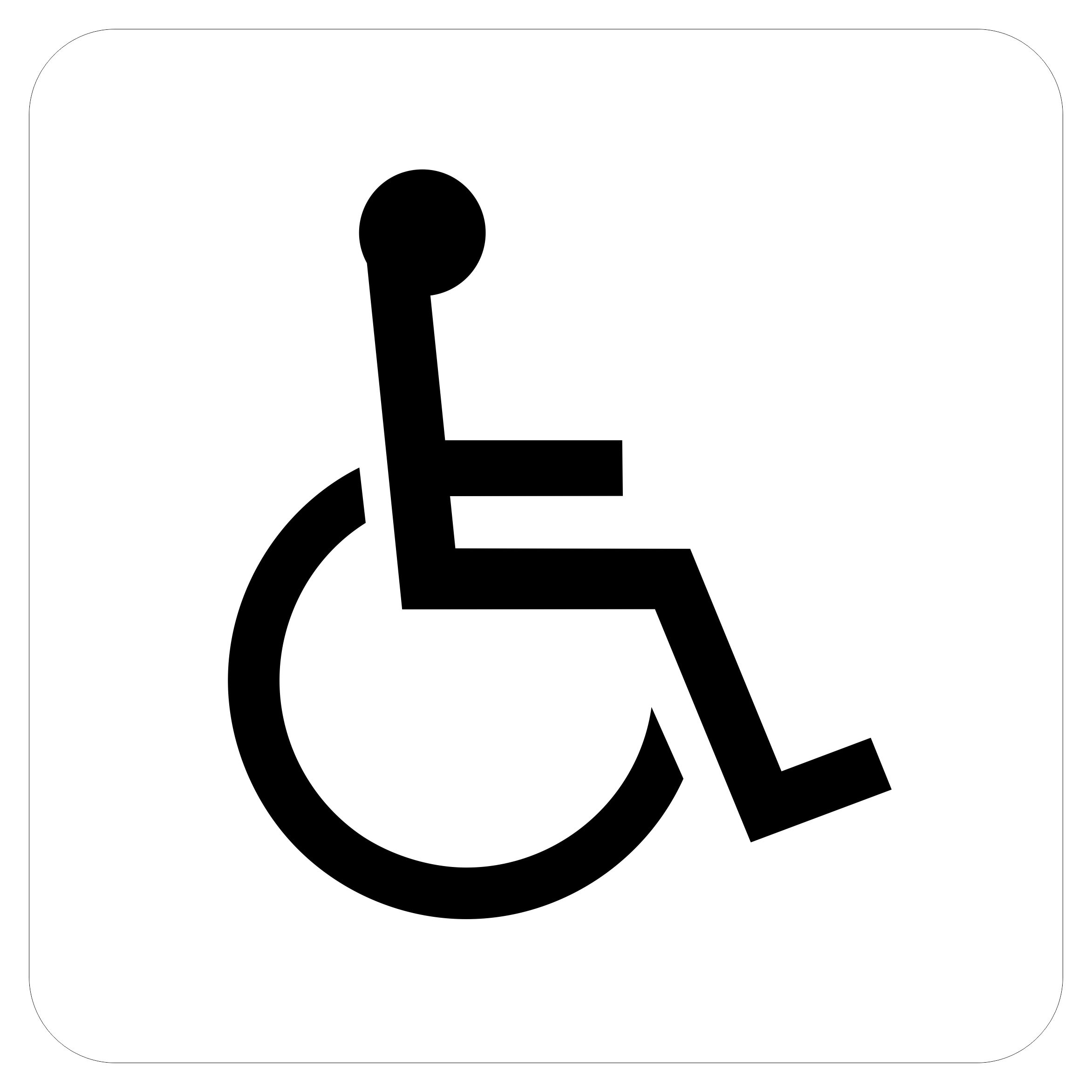Discovering the Trick Features of ADA Indicators for Boosted Ease Of Access
In the world of accessibility, ADA indications offer as silent yet effective allies, ensuring that rooms are inclusive and accessible for people with specials needs. By incorporating Braille and tactile aspects, these indications break barriers for the visually damaged, while high-contrast color schemes and readable font styles provide to varied visual needs.
Relevance of ADA Compliance
Making sure conformity with the Americans with Disabilities Act (ADA) is crucial for cultivating inclusivity and equivalent access in public areas and work environments. The ADA, enacted in 1990, mandates that all public centers, companies, and transportation services accommodate individuals with disabilities, guaranteeing they appreciate the exact same civil liberties and opportunities as others. Compliance with ADA requirements not just meets lawful responsibilities but likewise enhances an organization's online reputation by showing its commitment to variety and inclusivity.
One of the vital elements of ADA conformity is the implementation of accessible signs. ADA signs are developed to make sure that individuals with impairments can conveniently navigate with buildings and rooms.
Furthermore, adhering to ADA regulations can mitigate the threat of lawful consequences and prospective fines. Organizations that stop working to follow ADA guidelines might face charges or legal actions, which can be both damaging and financially difficult to their public picture. Therefore, ADA conformity is indispensable to promoting an equitable atmosphere for everybody.
Braille and Tactile Aspects
The unification of Braille and responsive elements right into ADA signage embodies the principles of ease of access and inclusivity. It is generally placed under the equivalent text on signage to make sure that individuals can access the details without aesthetic aid.
Responsive elements expand beyond Braille and include elevated icons and characters. These elements are developed to be discernible by touch, allowing individuals to identify area numbers, washrooms, exits, and various other important areas. The ADA establishes specific standards relating to the size, spacing, and placement of these tactile components to optimize readability and make sure uniformity across different environments.

High-Contrast Color Pattern
High-contrast shade plans play an essential duty in boosting the visibility and readability of ADA signs for people with aesthetic impairments. These plans are crucial as they maximize the distinction in light reflectance in between message and background, guaranteeing that indicators are quickly discernible, even from a range. The Americans with Disabilities Act (ADA) mandates making use of particular shade contrasts to accommodate those with restricted vision, making it a crucial facet of compliance.
The efficacy of high-contrast colors lies in their ability to stand out in numerous lighting conditions, including dimly lit environments and locations with glow. Normally, dark text on a light background or light message on a dark background is used to attain optimal comparison. As an example, black message on a white or yellow history offers a plain aesthetic difference that aids in fast acknowledgment and understanding.

Legible Fonts and Text Size
When considering the style of ADA signs, the selection my company of understandable fonts and appropriate text dimension can not be overemphasized. These components are critical for making certain that signs come to people with aesthetic problems. The Americans with Disabilities Act (ADA) mandates that typefaces should be not italic and sans-serif, oblique, manuscript, extremely decorative, or of unusual kind. These needs help make sure that the message is conveniently understandable from a distance and that the personalities are distinguishable to diverse audiences.
According to ADA guidelines, the minimal message elevation ought to be 5/8 inch, and it should raise proportionally with seeing range. Uniformity in text size adds to a cohesive visual experience, helping people in browsing environments effectively.
Additionally, spacing in between letters and lines is essential to readability. Adequate spacing stops personalities from appearing crowded, boosting readability. By adhering to these requirements, designers can dramatically improve ease of access, ensuring that signs serves its intended objective for all people, no matter their aesthetic capabilities.
Reliable Positioning Methods
Strategic placement of ADA signage is vital for making best use of ease of access and ensuring conformity with legal standards. Appropriately positioned indicators lead people with disabilities properly, my response helping with navigation in public areas. Secret considerations consist of exposure, proximity, and height. ADA standards stipulate that signs need to be placed at an elevation in between 48 to 60 inches from the ground to ensure they are within the line of sight for both standing and seated people. This typical elevation range is vital for inclusivity, making it possible for mobility device individuals and people of varying heights to accessibility information easily.
Furthermore, signs should be placed beside the lock side of doors to allow easy recognition before entry. This positioning assists individuals situate spaces and spaces without blockage. In situations where there is no door, signs need to be located on the nearest surrounding wall. Consistency in indicator placement throughout a center improves predictability, decreasing complication and enhancing total customer experience.

Verdict
ADA indications play an essential duty in advertising availability by incorporating features that address the needs of people with handicaps. These components jointly promote an inclusive environment, underscoring the importance of ADA conformity in making certain equivalent gain access to for all.
In the realm of ease of access, ADA indications serve as silent yet effective allies, making sure that areas are navigable and comprehensive for individuals with handicaps. The ADA, established in 1990, mandates that all public facilities, employers, and transport services accommodate people with impairments, ensuring they appreciate the very same legal rights and opportunities as others. ADA Signs. ADA indicators are created to guarantee that individuals with specials needs can quickly browse with areas and buildings. ADA standards stipulate that indicators must be mounted at an elevation between 48 to 60 inches from the ground to guarantee they are within the line of sight for both standing and investigate this site seated people.ADA signs play an essential function in advertising availability by integrating functions that address the demands of individuals with handicaps